Local Pa sites uncovered from 1940s aerial pix
Many South Wairarapa Pa sites sat lost in time, unnoticed, even hidden, in the rolling, expansive landscape until a young group of archeaologists interrogated aerial photos from the 1940s.
Then, says Professor Foss Leach, they stood out _ on sand hills, at river bends, topping knolls and small hills – and almost always with direct access to water sources. Both for supply and transport.
Prof Leach recently led a group to view two Pa sites south of Martinborough – Raho Ruru Pa (aka Humes Pa) on the Hume farm at the end of Raho Ruru Road and Jackson Pa located on Jackson Farm.
Raho Ruru was a fortified pa, where today oval pits up to a metre deep mark where kumara storage pits with raised rims and drains to divert water had been built, with housing areas nearby above terraces and areas of pallisades – poles with manuka fencing between.
This fortified Pa has a steep hillside frontage to the west, flax swamp and water source to the south, with a “double ditch” feature _ and another ditch and steep bank on the east side.
Prof Leach pointed to a hangi pit with typical “burnt” hangi stones and carbon remains from cooking fires.
“This was a special place with a fence, a hilltop Pa,” and “not likely to be much older than when (inter-tribal) warfare started in New Zealand.” Carbon dating of the hangi oven residue – not yet done – “could radio carbon date a sample within 50 years” and help with time-lines for the site.
While it would have housed and supported quite a large village (perhaps 30 inhabitants) it’s age is not known as detailed archaeological work has not been done on inland Pa sites across the Wairarapa Valley.
A map of the area drawn by Mein Smith in 1855 shows “Tauanui Pa” near the Raho Ruru Stream running through the property of “Mr Hume” with “sand hills” marked to the left and “low swampy land” further from the hillside Pa.
Prof Leach noted that “Tauanui Pa” was near Hume’s homestead but is not mentioned in any of the records of the time “and it is a mystery who (which tribe) the Pa belonged to.”
But he said the “raised rim (kumara) pits” suggested East Coast linkages as this was a style used by Kahungunu, rather than Rangitane.
If it had been built before 1820, the large and clearly-marked kumara pits would have been for their storage. After 1820, when potato was introduced, these would have become potato pits – “not house” pits as some believed.
From the 1820’s pigs and potatoes had “revolutionised the Maori economy,” partly because kumara could only be grown locally around the southern coast and no further inland than Martinborough because of frost and cold.
He noted that analysis of the bottom layers of these pits “should provide evidence of kumara residues – and we can tell whether it’s (the residue) potato or kumara.”
The large number of kumara storage pits suggests “quite a few people – likely a village size of about 30,” were housed at the Pa.
The Pa had a protective passage-way entry point to the east between the double ditches and ramparts, and this “avenue” had lots of sturdy posts on both sides for anyone to get past to gain entry to the Pa.
The western side was protected by a double ditch and a cliff. The swamp to the south provided protection, water, flax and a place for burying “everything you can think of,” including treasures. A chief was buried at another swamp site.
As the hill would have been windy, Prof Leach noted the huts/houses were likely located next to the swamp to the south of the hilly site.
Raho Ruru Pa was “created during the transition from settled life to warfare,” he said, and “this (transition) happened at different times across New Zealand.”
But “we don’t know the age (occupancy period) here – the detailed archaeology hasn’t been done.”
When did it end? “Unknown.”
Jackson’s Pa site sits on a grassy knoll with two steep sides – and from the distance looks like an unploughed knob covered in long, seeded grass with a small stream along its southern side.
Prof Leach has a surprise: the Pa site is on a sand hill “which represents the disappearance of an inland sea which reached up as far as Featherston and disappeared with a series of land uplifts” – the most recent occurring over several thousand years and the latest likely in the major 1855 uplift.
Again, aerial photos were the source of the Pa find, studied in Wellington by Leach and colleagues in the late 1960s.
A Google Earth pic he passes round clearly outlines Jackson’s Pa, so named as it’s located on Jackson’s Farm, with kumara pits and housing areas vividly displayed on the hillside. The long grass hides the raised rims of the kumara pits – and their depth in some places of more than a metre.
“This Pa is on sand dunes. What (village) people were doing here is unknown. It’s inland living but we know nothing about this place.
“Again, its a fortified Pa and there are only four in the Wairarapa Valley – beside the inland sea, so with water access” for food-gathering, travel, transport.
“It is one of the oldest sand dune (living) places in the area.”
Next Pa site visit event: Saturday 11 May, starting Waihinga Centre 10:00 a.m.






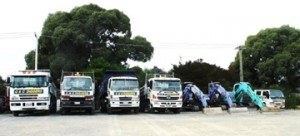
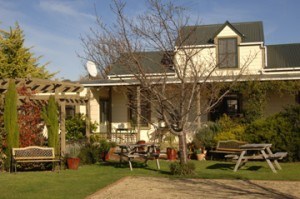


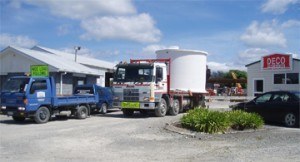

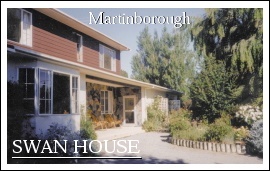
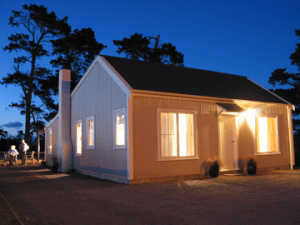
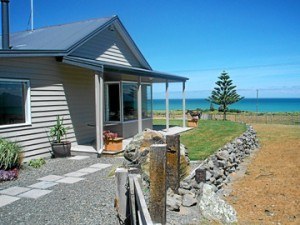
Recent Comments